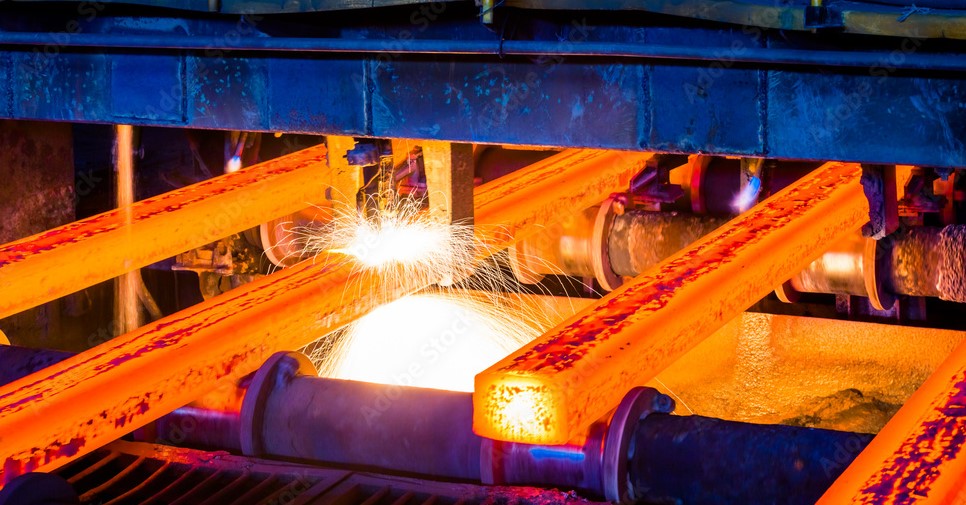Decarbonization of the steel industry in China implies a gradual replacement of converters with electro-metallurgical plants. Such information is contained in the road map presented by the China Metallurgical Industry Research Institute (MPI).
The Plan came into being as an elaboration of two documents adopted at the national level. The first is the Working Guidance for Carbon Dioxide Peaking and Carbon Neutrality in Full and Faithful Implementation of the New Development Philosophy. The second document is more specific and refers to various industries – Action Plan for Reaching Carbon Dioxide Peak Before 2030.
According to the road map, the People’s Republic of China plans to increase the share of electrical metallurgy in total capacity to 15% from the current 10%, by 2025. Now the main way of steel production in China is the converter, which accounts for 90% of all steel capacity. This technology generates more CO2 emissions because it involves the use of fossil fuels.

One of the tasks of decarbonization of Chinese metallurgy will also be optimization of production processes in order to revise the structure of raw materials. Thus, by 2025 it is planned to increase the share of scrap metal in the charge for converter production from the current 10-25% to 30%. This is expected to lead to an increase in scrap consumption to 320 million tons by 2025. The primary objective is to develop the raw material base. By 2025, MPI expects to have 1.2 billion tons of scrap metal in the country, which will allow collection of 300 million tons per year.
It should be noted that in Ukraine the share of electrical metallurgy does not exceed 5%. One of the few enterprises using electric arc furnaces for steel production and operating as close as possible to the European environmental standard is the electro-melting complex built from scratch in Dnieper.
In addition, China plans to reduce emissions from cargo transport. In particular, one of the goals is to reduce the energy consumption of the national w/d operator by 10 per cent by 2030. Another challenge is the integration of metallurgical and chemical production to maximize waste processing, i.e. carbon emissions. The target of 60 per cent recycling is to be achieved by 2030.
